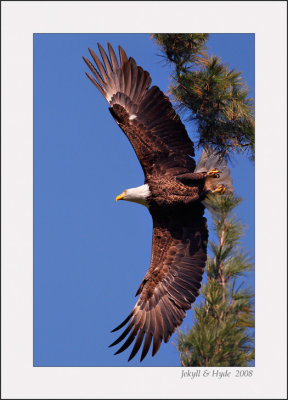Sittatunga
Veteran Member
- Messages
- 8,317
- Solutions
- 33
- Reaction score
- 5,390
I don't know any bird photographers outside the dpr forums, and my wildlife photographer friends do their thing underwater. You didn't reply to the main thrust of my argument (in bold). A mirrorless 7D successor makes a lot of sense to bird and wildlife photographers. In my view a mirrorless 7D successor is the only APS-C RF mount camera that makes much sense at all, and it would be a Godsend to anyone who is running out of pixels per duck. It could also be a camera for people with an RP and an RF 100-400mm who want to get into birds and wildlife without spending thousands on a big white lens and an R5 or R6. But it's not the gateway to FF mirrorless cameras that a lot of people in this thread are hoping for. And it's not the camera for those who just want an affordable decent camera with reasonably priced and sized lenses.And some are very vocal in dismissing the very idea of a crop sensor in an RF body, usually just because they don't personally want one and therefore don't see the point.There are some people who really, really, really want one, and quite a few of them are very vocal on dpr, but is that a *huge* pent-up demand? Do we know what the relative proportion of sales for the various Canon models is/was? I do know the equivalent Nikon D500 didn't even make it into the top twenty best selling Nikon APS-C DSLRs.There is *huge* pent-up demand for an R7, and obviously Canon knows this just as well as we do. I struggle to find any strategy for the next five to ten years which would benefit from leaving that demand unsatisfied.
I don't spend all my time online, and in real life it seems half the Canon users I talk to are waiting for the R7. This is in the world of bird and wildlife photographers, and while they may not be as great in numbers as old guys photographing their grandkids, they tend to be big spenders. You can be sure that Canon knows this.
Last edited:

